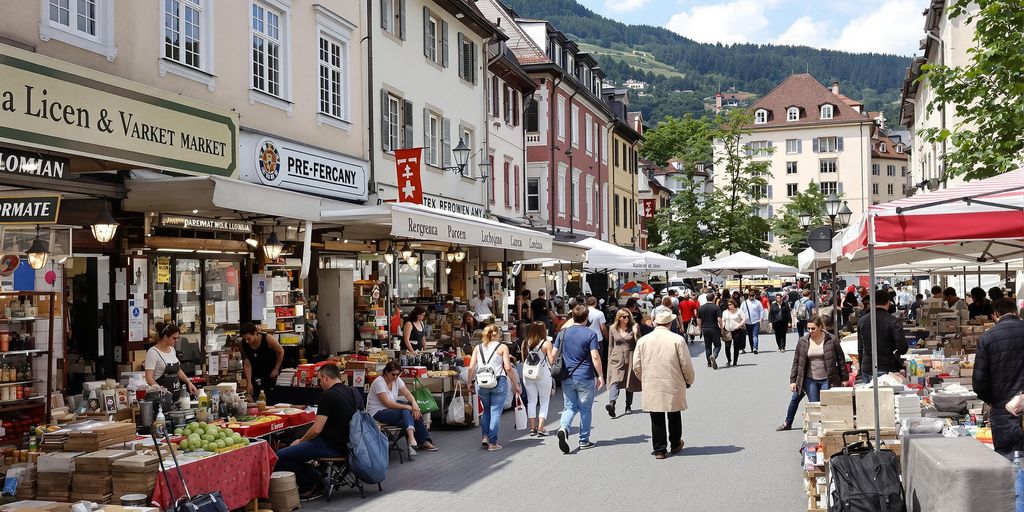Slovenia is currently navigating a complex economic landscape characterized by declining consumer sentiment, rising foreign debt, and a slight easing in GDP growth. As the nation grapples with these challenges, the outlook for its economy remains uncertain, prompting concerns among policymakers and citizens alike.
Key Takeaways
- Consumer confidence in Slovenia has dropped to its lowest level in over a year.
- The country’s gross foreign debt has increased by 2.6% in 2024.
- GDP growth has slightly eased, reflecting reduced household consumption and government spending.
Declining Consumer Sentiment
Recent reports indicate that Slovenia’s consumer confidence indicator fell to -31 in February 2025, marking a significant decline from -28 in January. This downturn is attributed to worsening expectations regarding the economy, household finances, and savings. Notably, consumers expressed increased pessimism about making major purchases in the coming year, with a sentiment score of -34.
The factors contributing to this decline include:
- Economic Expectations: A drop from -36 to -43 in economic outlook.
- Household Finances: A decrease from -18 to -22 in perceptions of personal financial situations.
- Savings Concerns: A shift from -16 to -21 regarding savings prospects.
Rising Foreign Debt
In a related economic development, Slovenia’s gross foreign debt reached €59.3 billion ($62.2 billion) at the end of December 2024, reflecting a 2.6% increase from the previous year. The central bank reported that the largest contributors to this rise were:
- Central Bank Debt: Increased by €1.0 billion.
- Government Debt: Rose by €600 million.
- Commercial Banks: Remained stable compared to the end of 2023.
The composition of Slovenia’s foreign debt is as follows:
- General Government Debt: €23.6 billion (39.7% of total debt).
- Financial Sector Debt: 29% of total debt.
- Non-Financial Sector Debt: 31.2% of total debt, which saw a decrease of €200 million.
Easing GDP Growth
Slovenia’s GDP growth has shown signs of slowing, with a year-on-year expansion of 1.5% in the fourth quarter of 2024, down from 1.6% in the previous quarter. This slowdown is primarily due to:
- Household Consumption: Growth decreased from 1.7% in Q3 to 1.2% in Q4.
- Government Spending: A significant drop from 9.2% to 5.7%.
- Fixed Investments: Although they declined, the pace of decline softened from -8.1% to -5.2%.
Despite these challenges, net trade contributed positively to GDP, with exports rising by 3.9% compared to a 2.3% increase in imports.
Conclusion
As Slovenia faces these economic challenges, the government and policymakers must address the underlying issues affecting consumer confidence and manage the rising foreign debt. The slight easing in GDP growth further complicates the situation, necessitating strategic interventions to stabilize the economy and restore public confidence. The coming months will be crucial for Slovenia as it seeks to navigate these turbulent economic waters.






